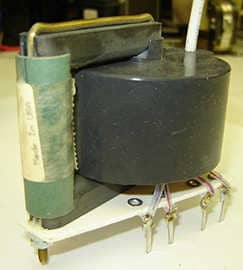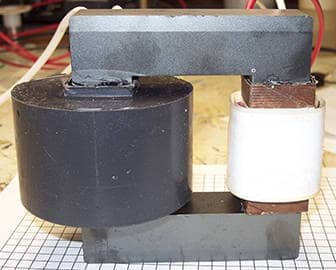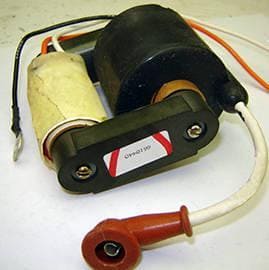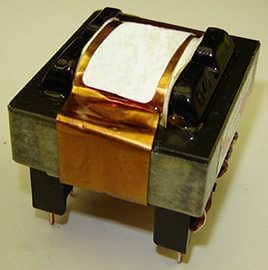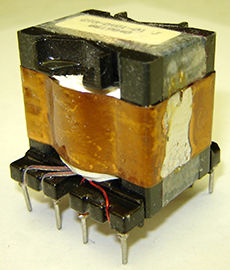A step down transformer is simply a device, which steps down or lowers the input voltage so that the secondary voltage is lower than the primary voltage. Why is this required? Voltage from a power plant often needs to be distributed to stations in nearby areas. Further more, this power must be stepped down from the high transmission voltages to the lower mains voltage need for businesses and households. This task is done by a step down voltage transformer. This post focuses on the working principles and other important uses of a step down transformer.
Know the Working Principle of Step down Voltage Transformer
Faraday’s first law of electromagnetic induction states that when a conductor is placed in a varying electromagnetic field, the induced electromagnetic field formed has a magnitude equal to the rate of change of flux linkages with the coil. This is the basic principle of electromagnetism or mutual induction. Based on this, the two coils in this transformer have a high mutual induction and a common magnetic field.
Features and Working of a Typical Step Down Transformer
A typical step down transformer is comprised of a primary and a secondary winding, of which the primary one has more number of turns. So, how does it work?
- The primary coil is connected to the primary voltage and the secondary one to the load which draws the resultant stepped down voltage.
- The primary and secondary coil windings are usually made of aluminum or copper.
- The input AC voltage applied to the primary winding generates an alternating magnetic flux in the core which the secondary winding is linked to as well.
- This creates an electromagnetic field in the secondary winding.
- The voltage strength of this depends upon the number of windings the flux passes through.
- A step down transformer has more number of primary windings than secondary, and hence the voltage is lower in the secondary.
- The power in a step up and step down transformers should ideally be the same; however, since the voltage in a step down transformer is low, the current is higher to balance the total amount of power.
- A step down transformer can be made to function as a step up transformer and vice versa. This means their functions can be reversed by changing how the inputs and outputs are connected.
- In the power sector, it is common to use an “H” indicator for a high-voltage primary transformer and “X” for a low-voltage secondary transformer.
Application Areas of a Step Down Transformer
Transformers, by and large, are used in energy generation, distribution, transmission, and consumption. Here are a few application areas of a step down transformer:
- Street transformers for domestic electricity supply
- Low voltage wall adapters
- Starting the motors in electrical and electronic equipment and appliances such as a microwave
- Electrical isolation in domestic appliances such as a doorbell
Are you looking for step down voltage transformers for your application? If yes, ensure you source them from extremely reliable manufacturer. Custom Coils is a well-known builder of world-class transformers of all types. The company provides step-down transformers in different specifications to meet your application requirements.

